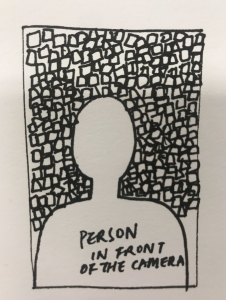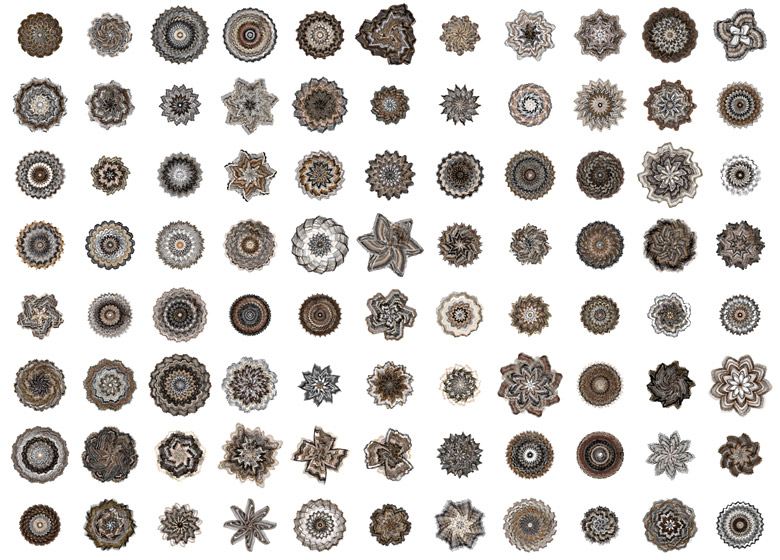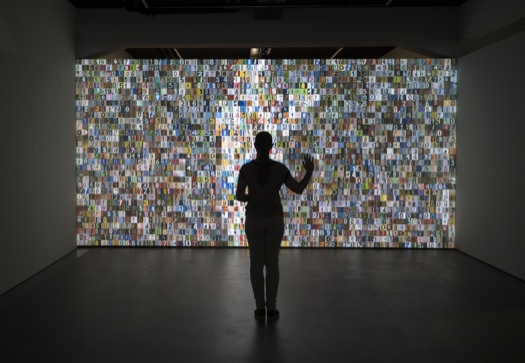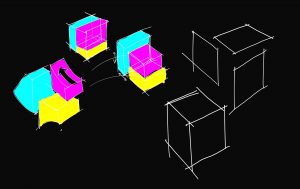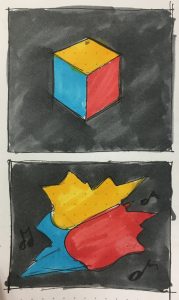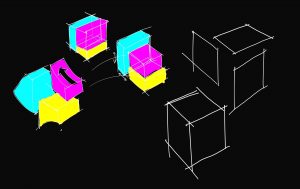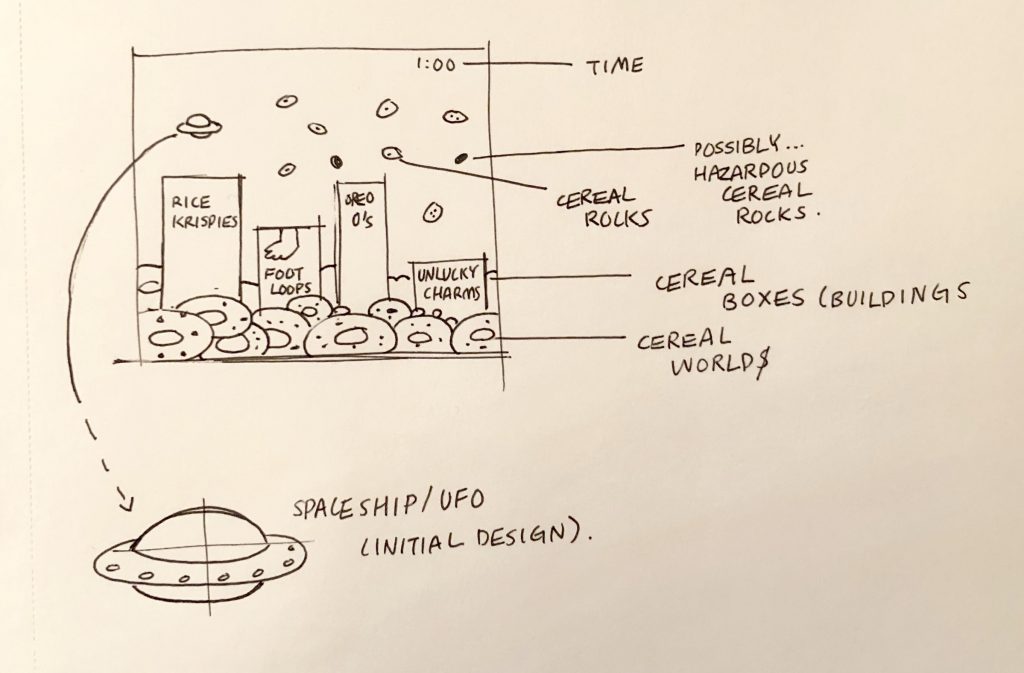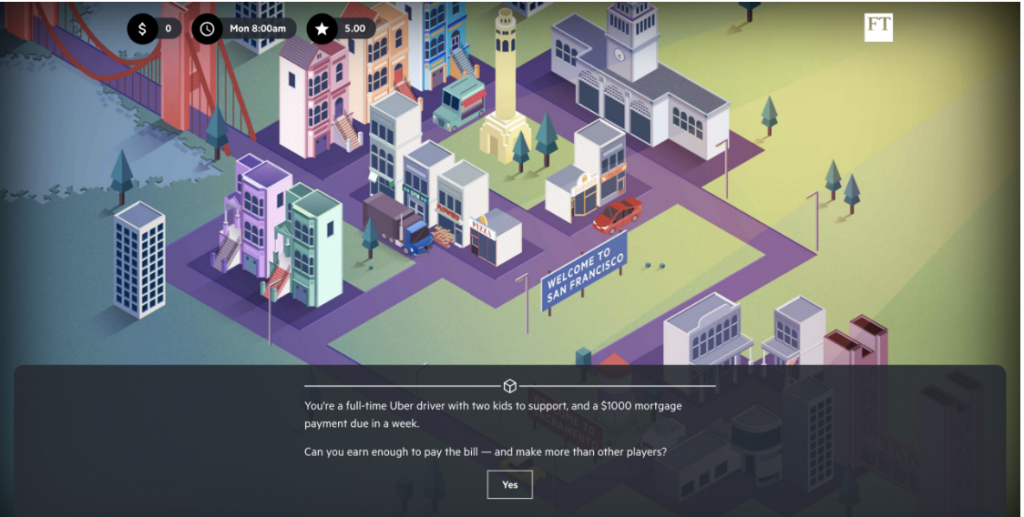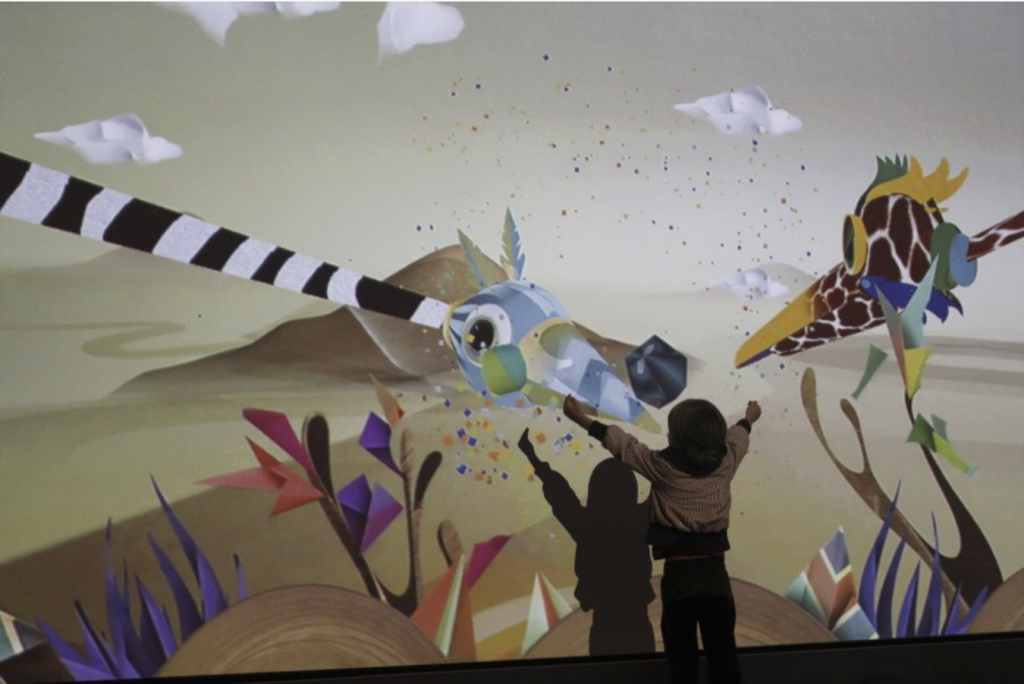For my final project, I would like to explore more in depth interactions developed around the concepts of gravity, springs, undulation through particle systems. To do this, I believe I will go about creating these interactive experiences through objects, or possibly turtles, depending on how I want to construct the interaction through a particle system, or a more self constructed system. Ideally, I want to create a flat plane of sort that undulates at a given frequency and amplitude, which can then be manipulated through a user’s mouse input and/or keyboard input. The most desirable outcome would be to have the plane react to mouse interaction, however, depending on how fluid the plane is, I predict that it might be not interactive and/or can only be manipulated through three forms, which will be then created through a series of clicking 3 or so keys.
I am currently between two layout ideas: having my flat plane be of a face on view, or placing it it some sort of perspective.
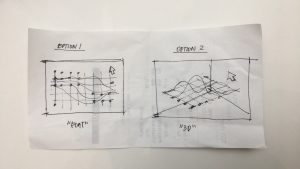
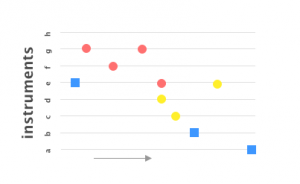
![[OLD FALL 2018] 15-104 • Introduction to Computing for Creative Practice](../../../../wp-content/uploads/2020/08/stop-banner.png)
